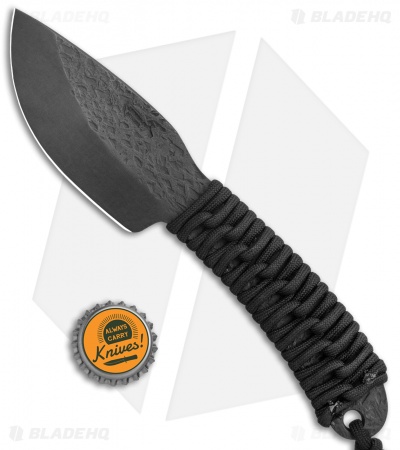The Ultimate Guide To Alaskan Ulu Knives
Table of ContentsBmerry Studio Ulu Knives Fundamentals ExplainedSome Known Details About Alaskan Ulu Knives See This Report on Bmerry StudioSome Known Questions About Bmerry Studio Ulu Knives.
I will certainly think that the size as well as angles will be playing to the strengths of each of the grinds. shapes that contour internal, like a shapely. Consider how a cave contours in, or assume "con-cavity". shapes that contour exterior, like a football. the rear of a blade, reverse of the edge.
A complete hollow grind goes from the side all the way up to the spinal column. The Black Widow Caper pictured above is practically a full hollow grind; you can see that a little the stock on the back is still left unground. The hollow work is preferred for both manufacturing and also handmade blades.
Changing wheel dimension can be expensive for manufacturers and also handmade manufacturers alike, which may restrict hollow ground styles to specific dimensions, or sustain extra expenses to make a particular layout. The hollow grind is usually done on a slim blade, as well as then ground to have a slim edge.
Bmerry Studio Ulu Knives - Questions
If you combine a hollow grind, a slim side, and also a nice deep tummy, it will certainly be just one of the most effective slicing knives you have ever before had. One benefit of the hollow work is that the blade does not raise in thickness as considerably as various other grinds do. This indicates that as you sharpen the edge, it will certainly continue to be nearly as thin as when you initially obtained your blade.
The hollow work does have a disadvantage certainly. Since there is much less product sustaining the side, it can chip or surrender with difficult usage which make hollow grinds unfavorable in large layout blades like machetes. If you require your blade to be a supreme slicer, the hollow grind will perform admirably.
Hollow grinds prevail on searching as well as skinning knives because of this. One more blade that uses the hollow work is the straight razor. The very slim side you can achieve with a hollow work enables simple push reducing with the straight razor.: Superb cutting capability, easy to hone, much easier to produce (can be subjective).
: The side can be breakable contrasted to various other grinds. No chopping. Grinding wheel expenses might restrict blade design. The complete level grind is as it appears - the grind copulates down from the back to the edge bevel in a level, direct slope. The level grind is just site here one of the most functional grinds.
Not known Factual Statements About Alaskan Ulu Knives
Or it can be a balance between both. Most level grinds are an equilibrium between the two, though it will certainly rely on the style. The full flat grind is thickest at the back for toughness, yet tapers down right into a fairly thin side for exceptional cutting. A lot more steel is eliminated from the sides, enabling much easier slicing and also permitting the blade to move through tools much easier.
The level grind's main bevel slopes linearly as well as slowly. This permits the full level grind to travel through find out this here products with more simplicity than other grinds that slope non-linearly (hollow), or at steeper angles (sabre). This is why the bulk of cooking area knives are level ground - so they can pass through food conveniently without much resistance.
If someone claims "sabre hollow ground" you understand the blade has a hollow work that starts partway down the blade. The change line between the key bevel and the unground section of the blade is referred to as the Sabre Line. The sabre work is used when the manufacturer wants a stronger blade.
The carve grind is not ground on one side in all. It is totally flat on one side, as well as has the key bevel only on one side. BMerry Studio Ulu Knives. The carve grind might or might not have an additional side bevel. The knife visualized above, and the profile layout image to the left, are both sabre chisel grinds.
The Buzz on Alaskan Ulu Knives
A full carve work would have the bevel go all the way up to the back (BMerry Studio). The sculpt work is simple to make, as you only need to grind one side, and you do not have to make the grind balanced with the various other side. The chisel work is likewise very easy to hone for the exact same reason - there's just one side to sharpen (and afterwards strop off the burr).

The low sabre grind creates an obtuse main bevel angle, combined with a chisel work, creates a very thick and also tough edge.: Exceptional stamina, great slicing (depending upon angle), simple to hone, can have great reducing capability (once again - angle).: Often discovered in choppers such as discover here machetes or other bushcraft knives.